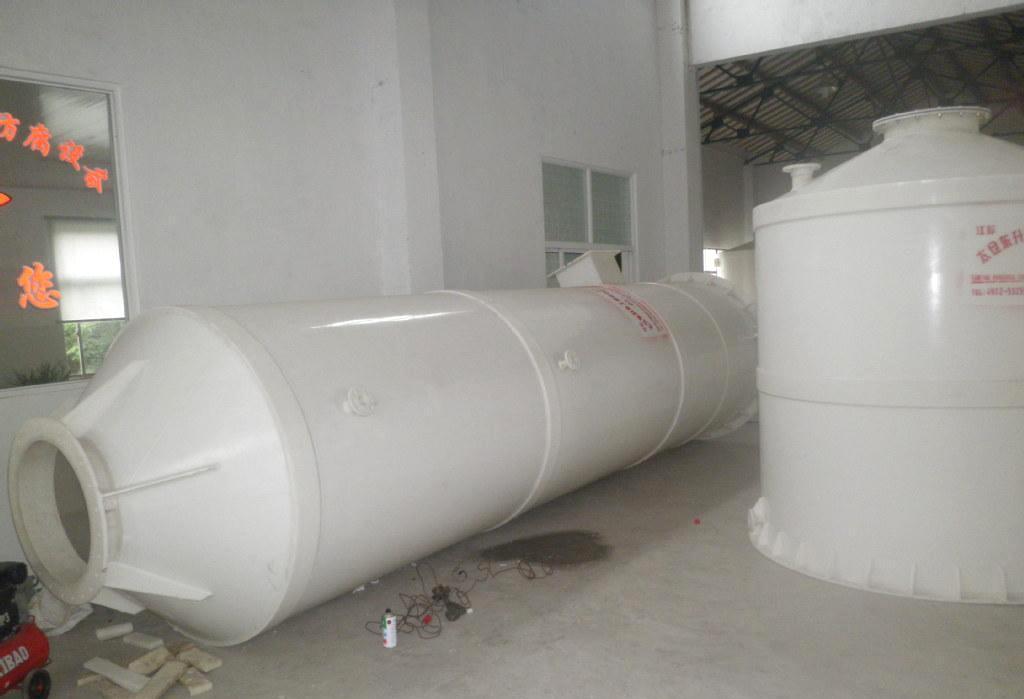Storage of hydrogen chloride gas
Hydrogen chloride gas is a poisonous gas with certain danger. Especially for dry hydrogen chloride gas storage with high requirements for the working environment. Although hydrogen chloride gas is not flammable, but can not contact with some active metal dust, otherwise it will react to release hydrogen, there is the risk of explosion and fire, the consequences are unimaginable
Rubber gloves, high-waisted rubber boots, rubber aprons, protective glasses and air supply masks shall be worn when using hydrogen chloride gas. The workplace shall be fully ventilated to keep the ambient air fresh and dry. Dry hydrogen chloride gas is stored in cylinders. Gas cylinders should be stored in a cool, dry, well-ventilated outdoor or forced-ventilated room away from oxides and fire sources. Strictly prevent container collision. Leak testing should be done regularly, using soap or ammonia.
As dry hydrogen chloride is well known, it is not corrosive, so metal materials can be used in packaging. However, corrosive hydrochloric acid is easy to form if it comes into contact with humidity, which will affect the storage and make the container leak easily.
Hydrogen Chloride Gas
Dry hydrogen chloride gas, no corrosive to metals, can be used steel, stainless steel and other general-purpose metal materials, but, when there is water it corrodes all kinds of metals. Gold, platinum and tantalum can resist the corrosion of hydrogen chloride in moisture, and nickel base alloy of hydrochloric acid has better corrosion resistance. It is possible to use polytetrafluoroethylene (PTFE), polyvinyl chloride (PVCFL) polymers, POLYvinyl chloride (PVC), polyethylene (PE), phenolic resin, natural rubber, graphite, etc.
All equipment, pipes, valves, etc. that use hydrogen chloride gas should be basted and vacuumed before use to keep them waterless and sealed. When the device is temporarily out of use. Hydrogen chloride should be released and filled with a dry inert gas. In case of air leakage, use polyethylene hood, nylon hose and other sleeve leakage parts should be. The gas is introduced into water for absorption and then neutralized with slaked lime. When the liquid is leaking, it should be fully absorbed with plenty of water. When gas is ejected in large quantities, it is absorbed from distant spray-like water. Waste water to be absorbed with caustic soda, sodium bicarbonate, soda ash, lime and other alkaline substances neutralization.
5N(99.999%) electronic-grade anhydrous hydrogen chloride gas, drying LVhuaq and 2.8n (99.8%) chemical-grade hydrogen chloride gas for manufacture of pharmaceutical intermediates, pesticides and fine chemicals.





 Facebook
Facebook YouTube
YouTube LinkedIn
LinkedIn Twitter
Twitter